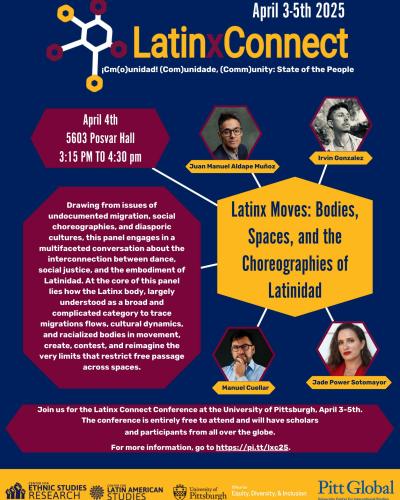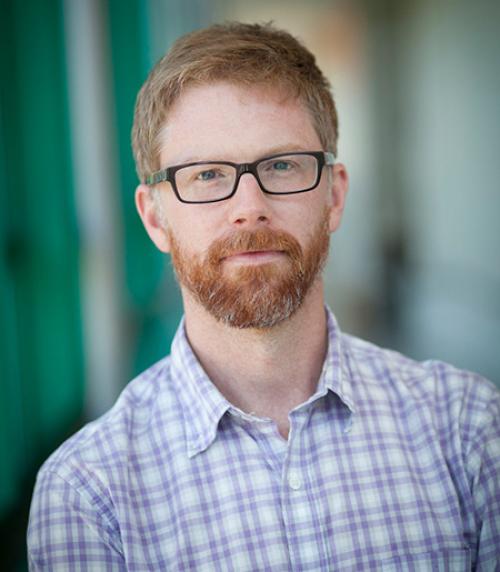
 Department Homepage
The College of Arts & Sciences
Department Homepage
The College of Arts & Sciences
Bunn on Agee and Evans's "Let Us Now Praise Famous Men"
"Plans for Work"

 Department Homepage
The College of Arts & Sciences
Department Homepage
The College of Arts & Sciences
